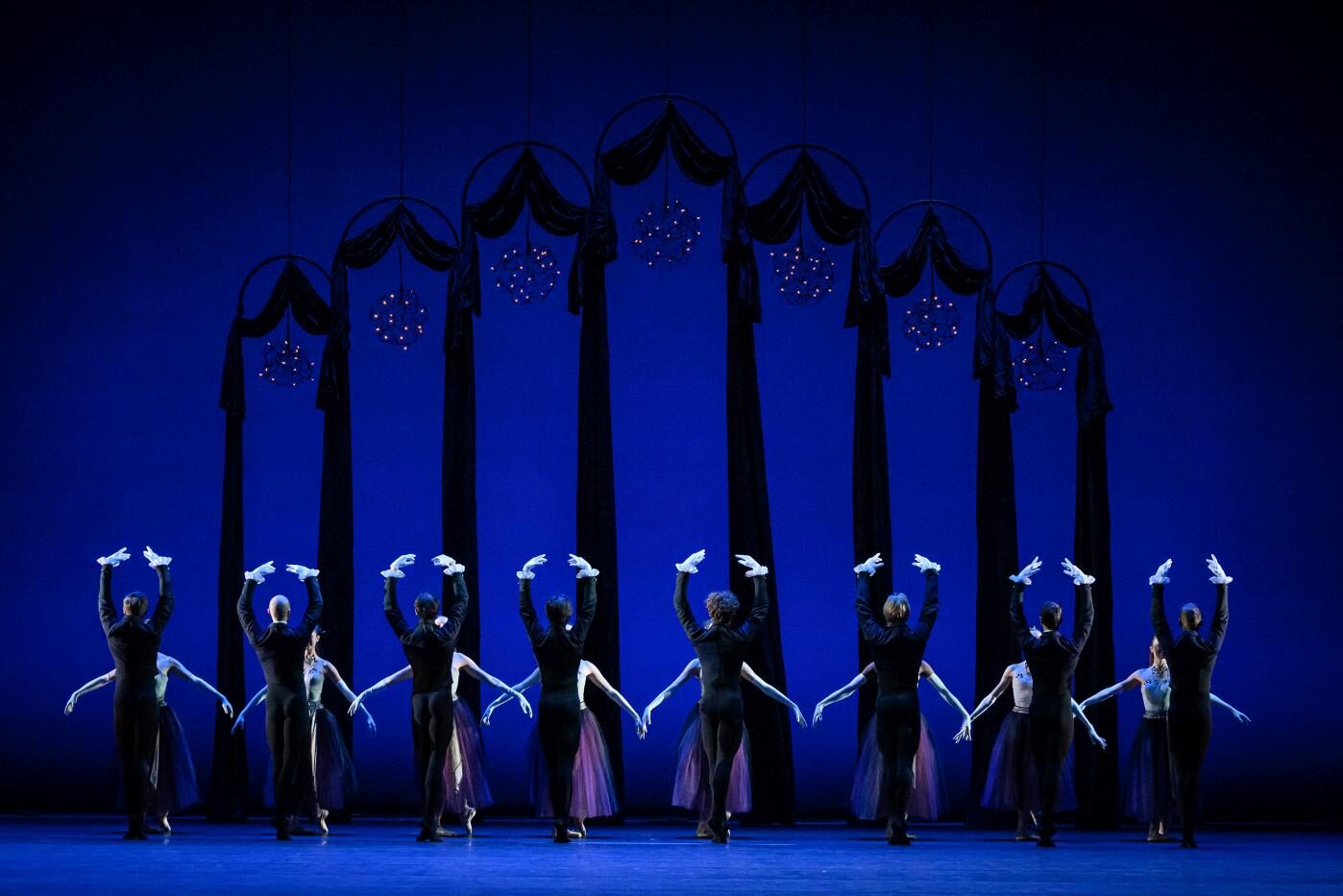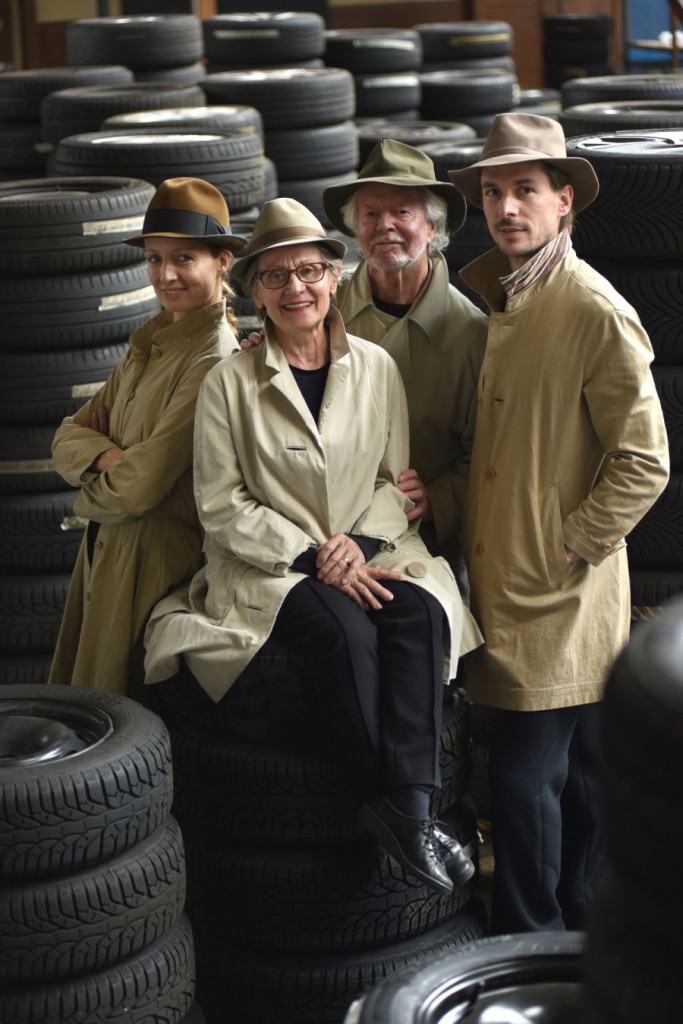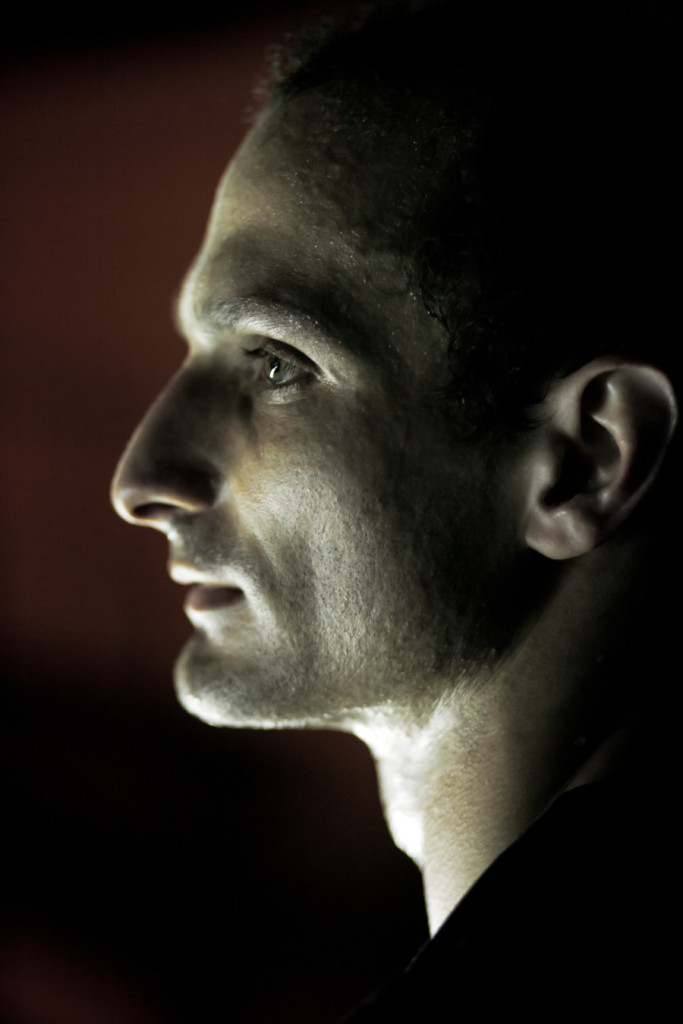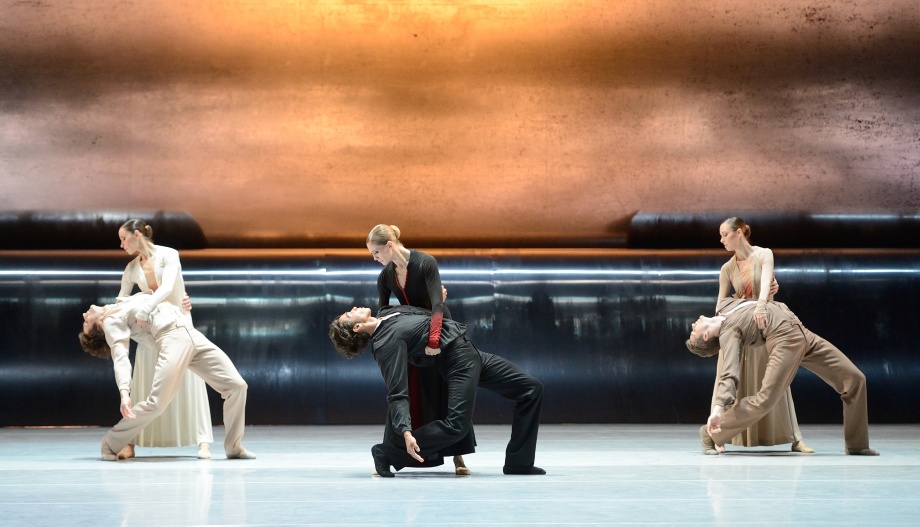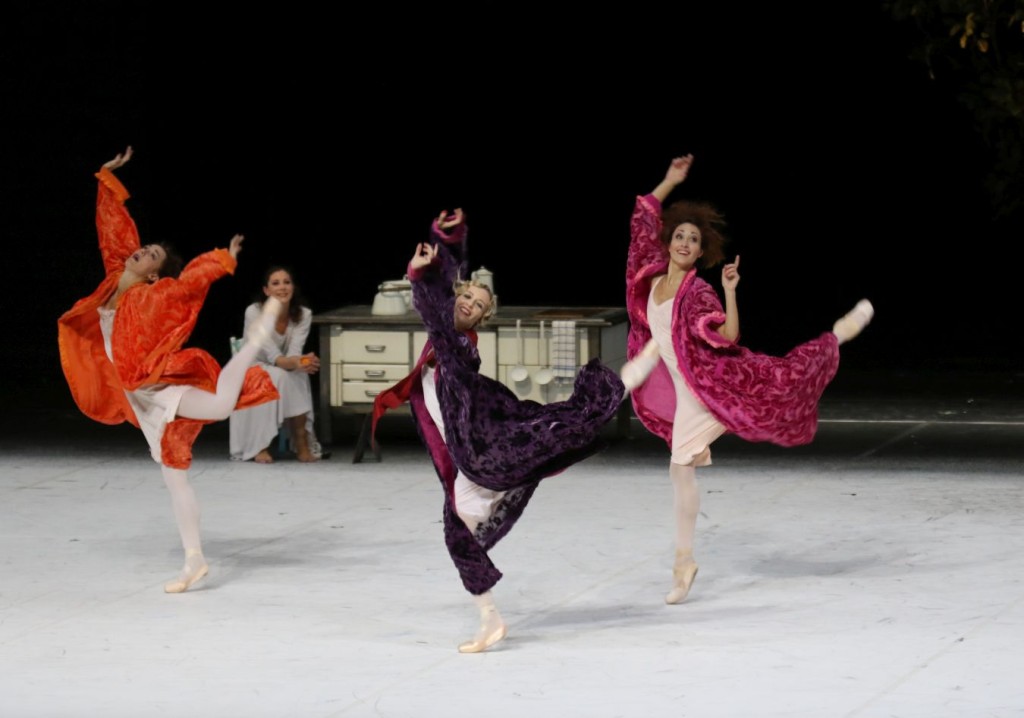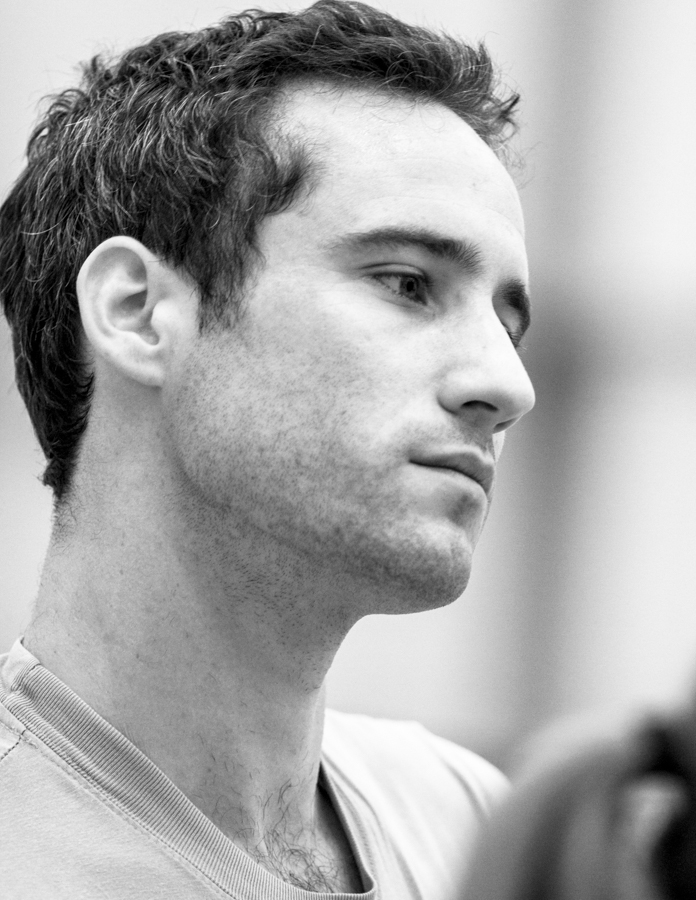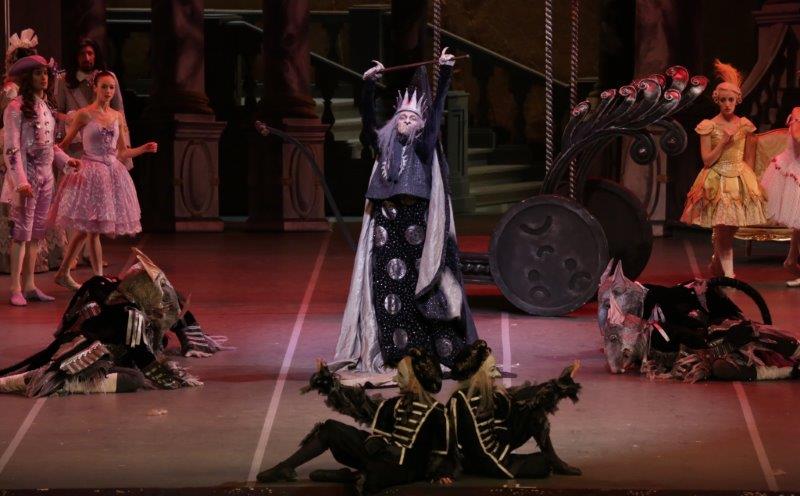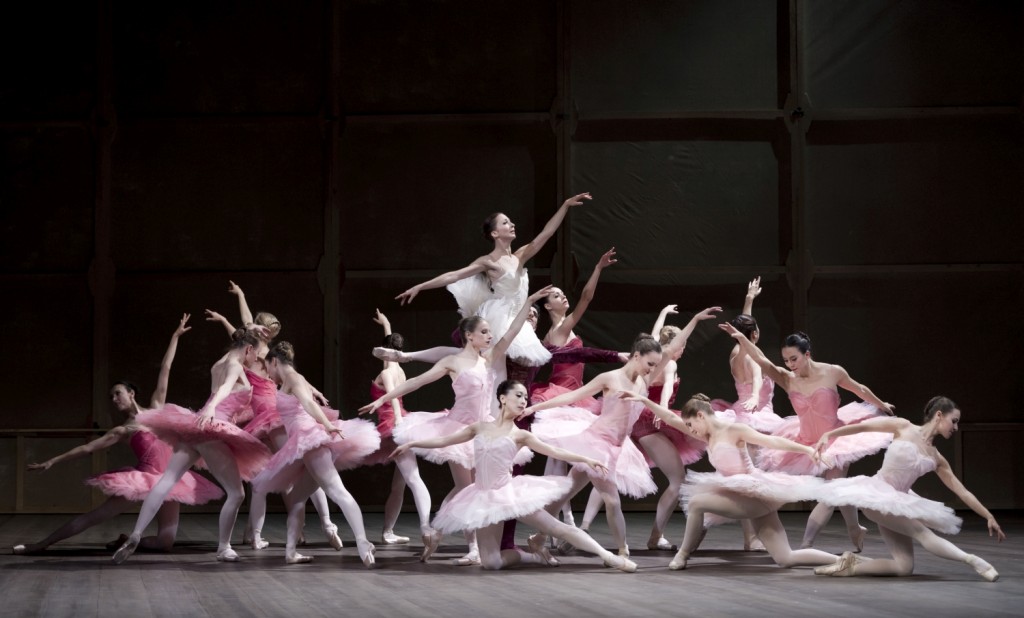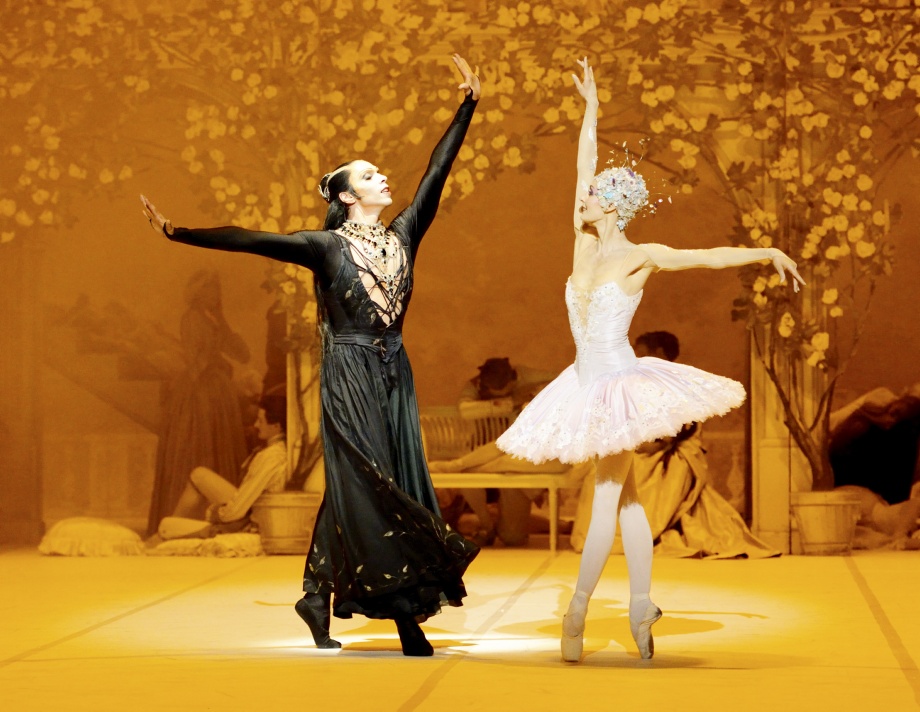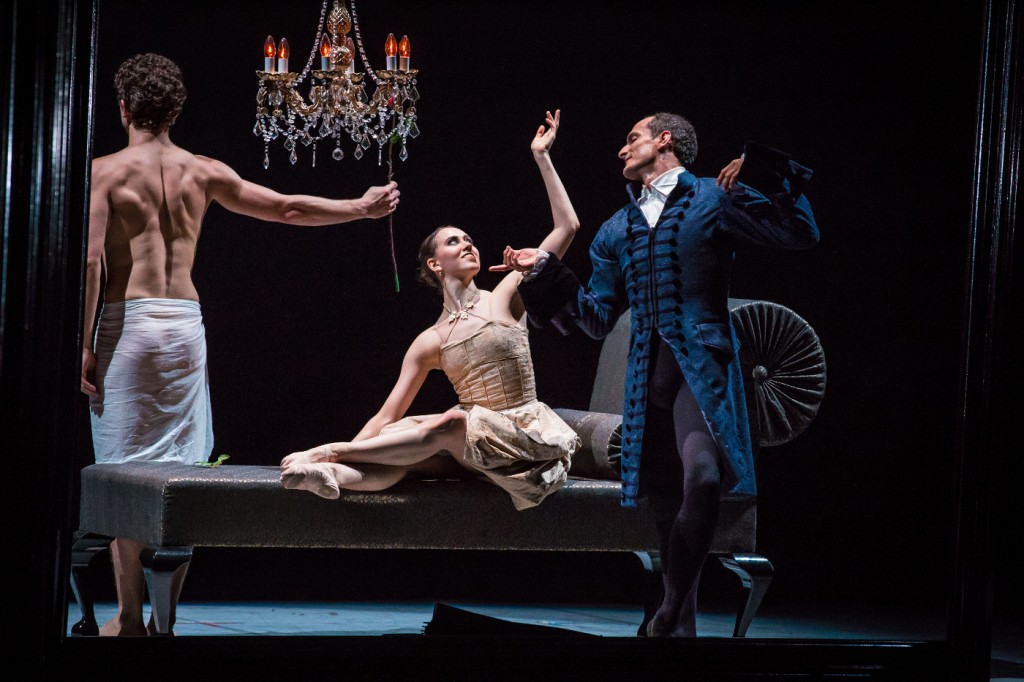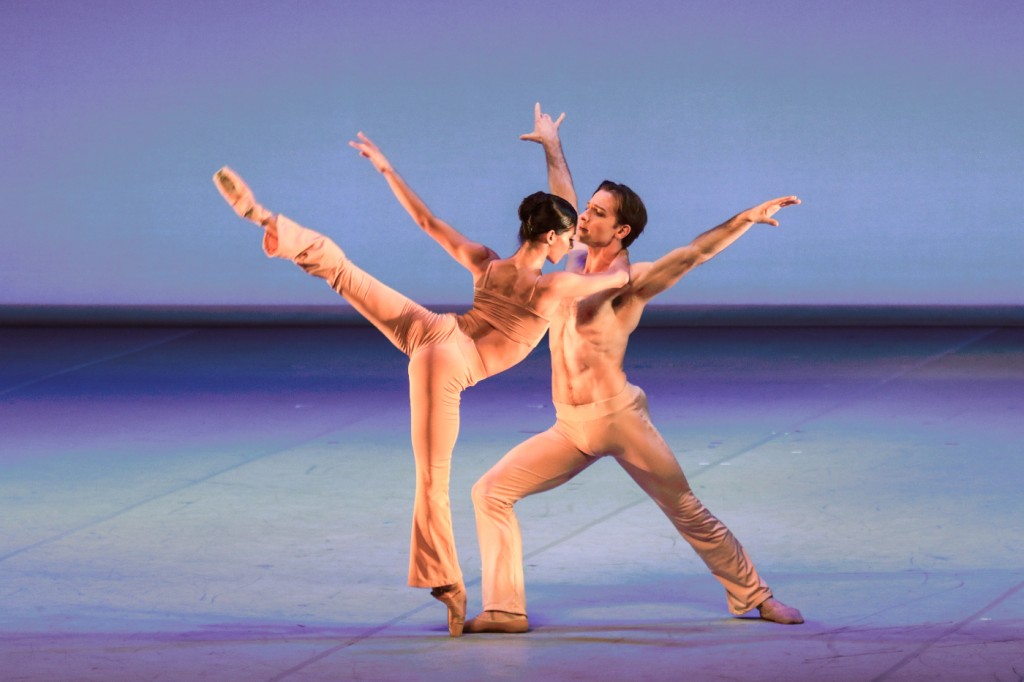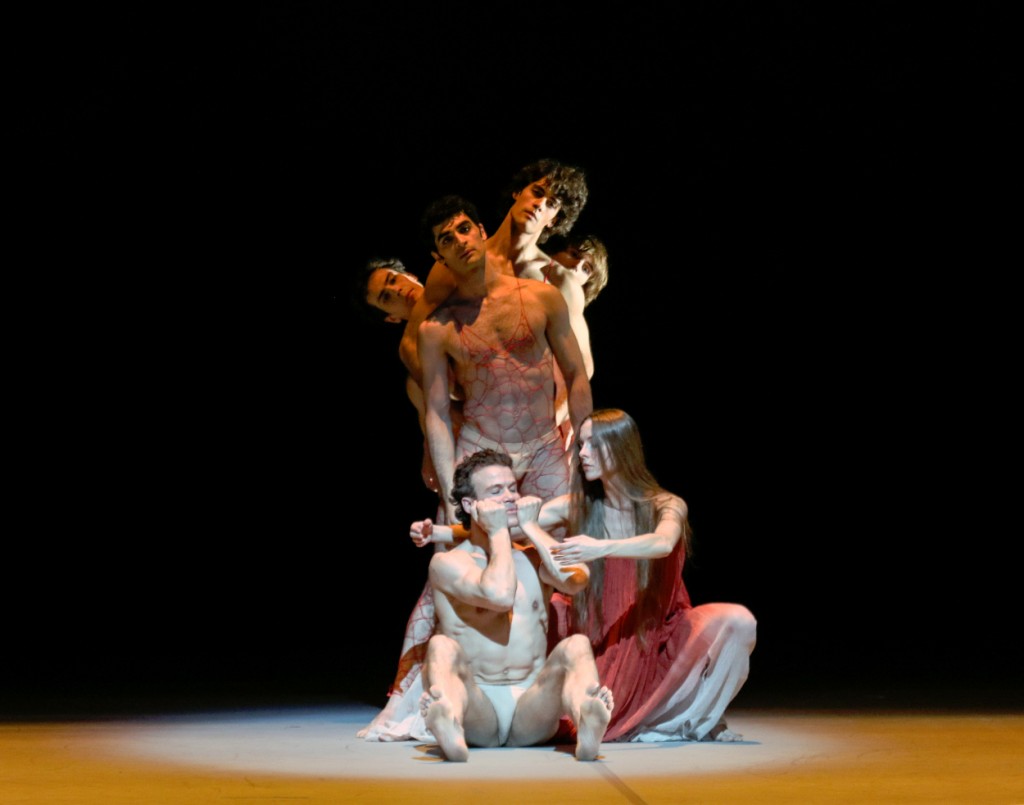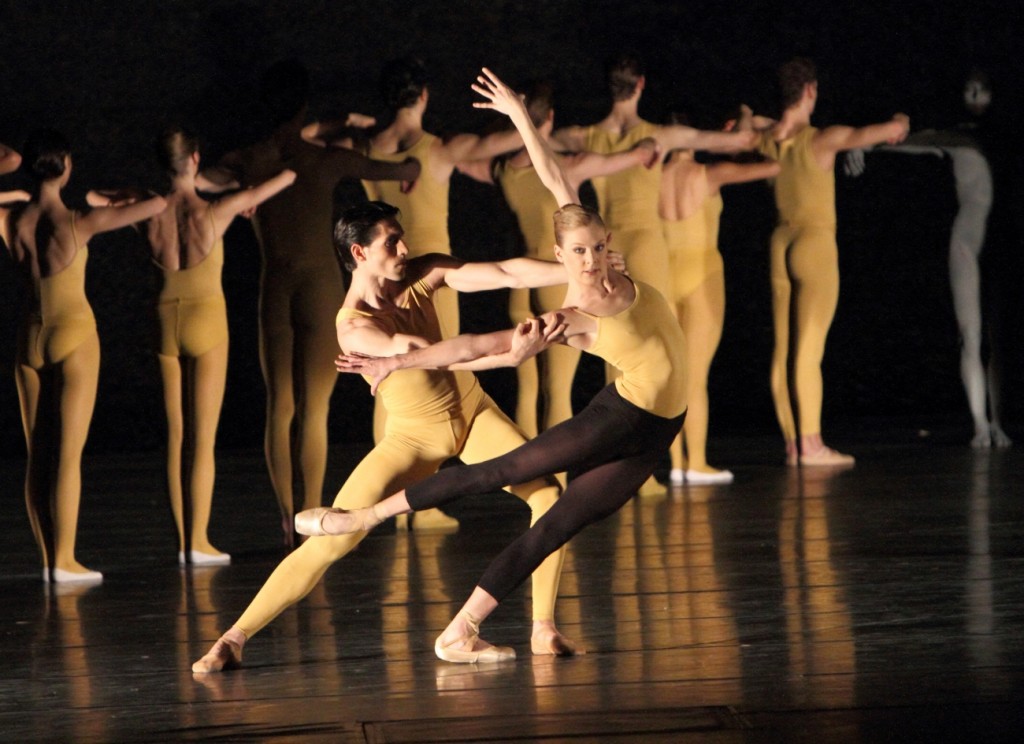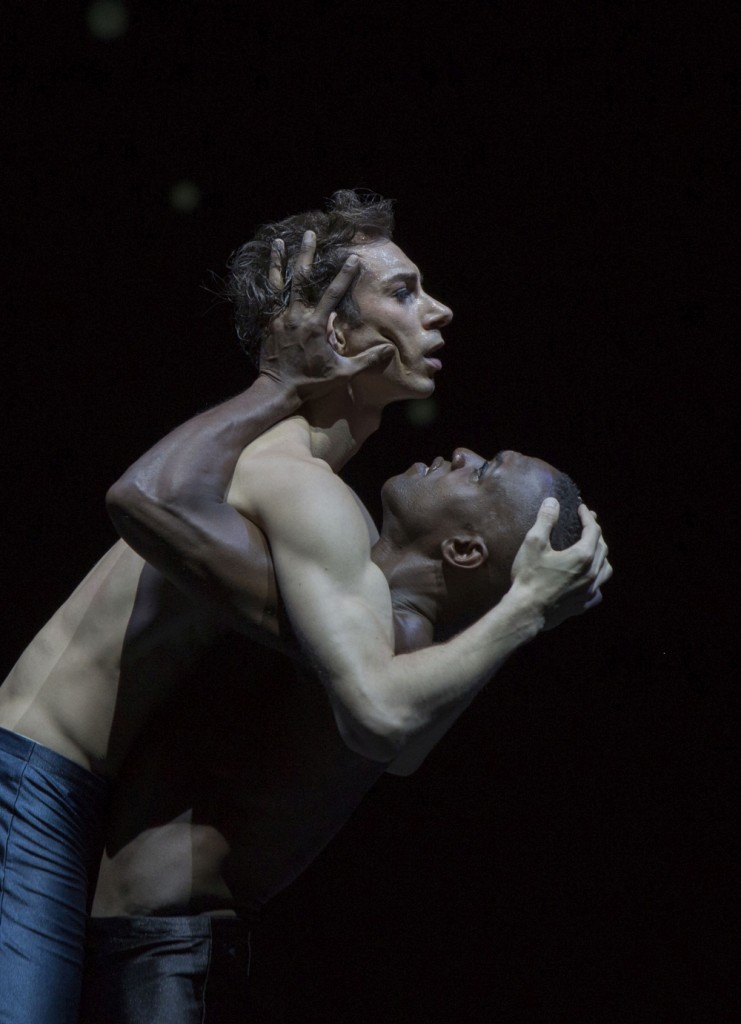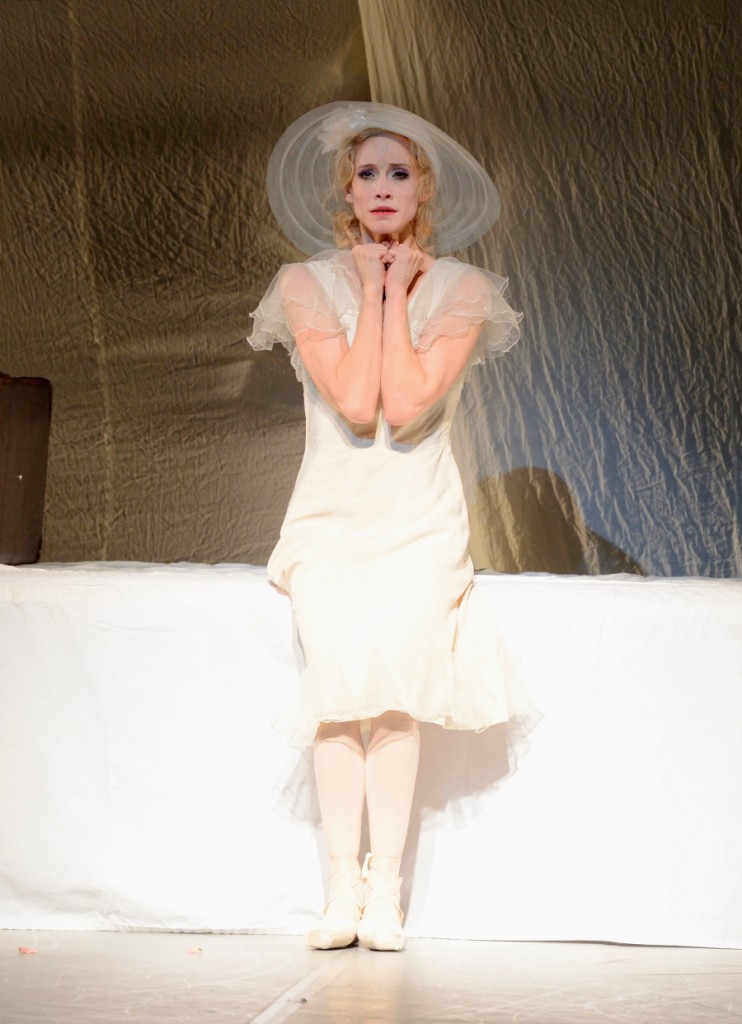A Sweeping Goodbye
“Manon”
Semperoper Ballet
Semperoper
Dresden, Germany
November 11, 2015
by Ilona Landgraf
Copyright © 2015 by Ilona Landgraf
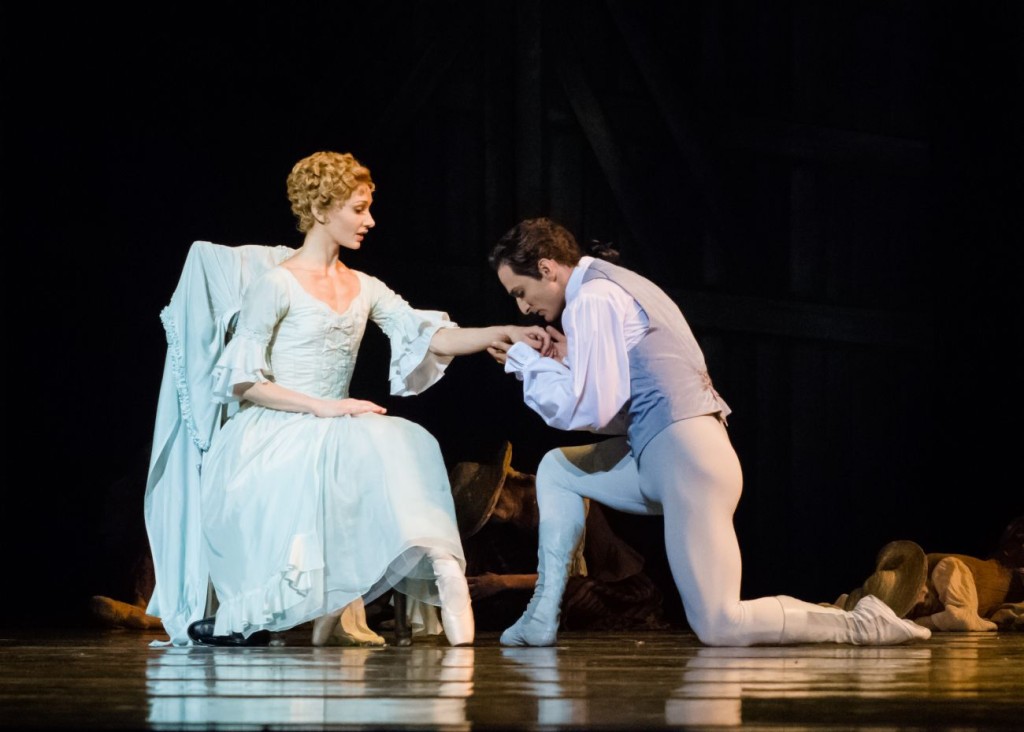 One could make things easier when it comes to the end of a dance career. A favorite piece which the audience likes should make for a decent leave-taking. Jiří Bubeníček is of another caliber. After nine years with Semperoper Ballet Dresden he tackled a debut for his farewell, Des Grieux in Kenneth MacMillan’s “Manon”. Moreover, he asked a ballerina, with whom he had never danced before, to be his Manon: Royal Ballet’s principal Melissa Hamilton, who will stay with the Semperoper company for the whole season.
One could make things easier when it comes to the end of a dance career. A favorite piece which the audience likes should make for a decent leave-taking. Jiří Bubeníček is of another caliber. After nine years with Semperoper Ballet Dresden he tackled a debut for his farewell, Des Grieux in Kenneth MacMillan’s “Manon”. Moreover, he asked a ballerina, with whom he had never danced before, to be his Manon: Royal Ballet’s principal Melissa Hamilton, who will stay with the Semperoper company for the whole season.
“Go for it!” is one of Bubeníček’s principles. Exactly this is what he did. In fact, what the whole company did. Aaron S.Watkin, the company’s artistic director, aimed to use “Manon” to explore yet another style with his already versatile company. It was enthusiastically received. No wonder. All ingredients merged splendidly presenting “Manon” as a gripping narrative. (more…)
